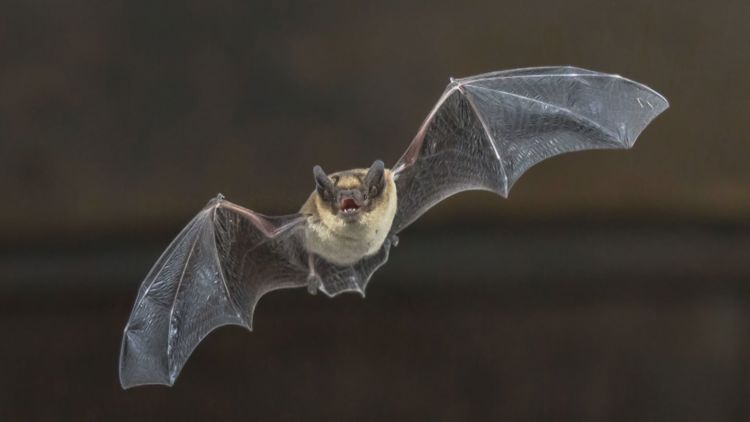ST. LOUIS — Shadowy figures have recently frequented St. Louis' skies as Missouri's only flying mammal nears the end of its mating season.
Bats remain a mystery to many, despite being frequent icons of Halloween. The Missouri Department of Conservation (MDC) is offering an opportunity to peel away at some of the animals at a free event just in time for spooky season.
"MDC invites the public to a Bat Mist Netting program, Friday, Oct. 11, from 6:30 – 8:30 p.m. at Emmenegger Nature Park in Kirkwood," the department said on its website. "The event is free and suitable for anyone age four and up."
MDC Bat Biologist Shelly Colatskie will lead up to 100 interested participants into the park near St. Louis where she'll set up very thin mush nets, called mist nets, designed to catch local bats as they fly in search of insects. Colatskie will remove any caught bats from the nets to check their overall health and weigh them.
"Participants should meet at the far end of Emmenegger Nature Park, close to the trail head," MDC said. "Bringing a camp chair or blanket, wearing comfortable clothes for being outdoors, a headlamp or flashlight, and insect repellant is also recommended."
The vast majority of Missouri's bats are small with pointy ears and belong to the evening bats, or Vespertilionidae, family. MDC says the state's 14 bat species include:
- Little brown myotis (Myotis lucifugus) (vulnerable to extirpation from Missouri and to extinction globally)
- Gray myotis (Myotis grisescens) (Missouri and federally endangered)
- Southeastern myotis (Myotis austroriparius) (critically imperiled in Missouri; vulnerable/apparently secure globally)
- Northern long-eared myotis (Myotis septentrionalis) (endangered in Missouri; threatened federally)
- Indiana myotis (Myotis sodalis) (Missouri and federally endangered)
- Eastern small-footed myotis (Myotis leibii) (imperiled in Missouri; critically imperiled/vulnerable to extinction globally)
- Silver-haired bat (Lasionycteris noctivagans) (vulnerable to extirpation from Missouri; secure globally)
- Tri-colored bat (eastern pipistrelle) (Perimyotis subflavus)
- Big brown bat (Eptesicus fuscus)
- Eastern red bat (Lasiurus borealis)
- Hoary bat (Lasiurus cinereus)
- Evening bat (Nycticeius humeralis)
- Townsend’s big-eared bat (Corynorhinus townsendii)
- Rafinesque’s big-eared bat (Corynorhinus rafinesquii) (critically imperiled in Missouri; vulnerable/apparently secure globally)



